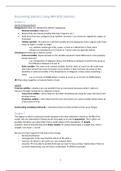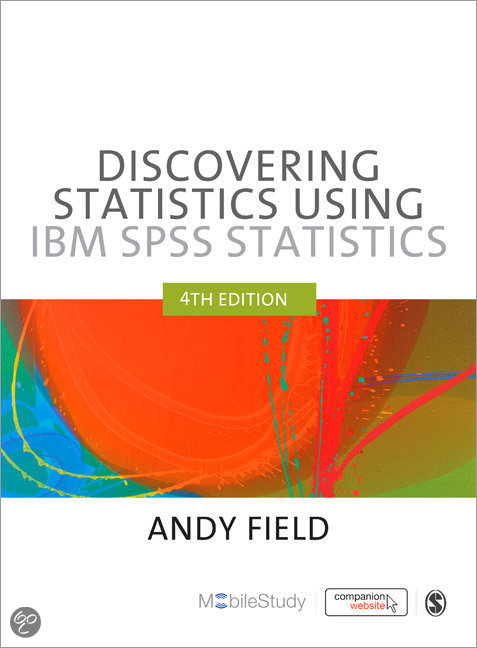Summary
Summary Discovering Statistics Using IBM SPSS Statistics Ch. 1-11 & 13 & 14 & 17 & 18
- Course
- Institution
- Book
Extensive summary of the book: Discovering Statistics Using IBM SPSS Statistics by Andy Field. The summary includes chapter 1, 2, 3, 4, 5, 6, 7, 8, 9, 10, 11, 13, 14, 17, and 18. It also includes several notes taken in class.
[Show more]




